The Secretary General’s Annual Report 2018
- English
- French
On 14 March 2019, Secretary General Jens Stoltenberg released his Annual Report for 2018.
The Report outlines how NATO is responding to today's security threats, adapting to new challenges, and investing in the future.
It covers NATO's activities and achievements to strengthen its deterrence and defence posture, to boost its efforts to fight international terrorism, to increase its capacity building support to partners and to accelerate its modernisation and innovation agenda.
The Annual Report includes the details of estimated 2018 national defence expenditures for all 29 NATO Allies.
Below you will find short descriptions of – as well as direct links to – the elements of the annual report.
- Foreword
- For all who serve
- Deterrence, Defence & Dialogue
- Investing in Security: A Fairer Alliance
- Fit for purpose: Modernising NATO
- Projecting Stability: Countering Terrorism, Working with Partners
- Promoting Equality: Women, Peace and Security
- Organisation
- Annexes
You can also download the full annual report.
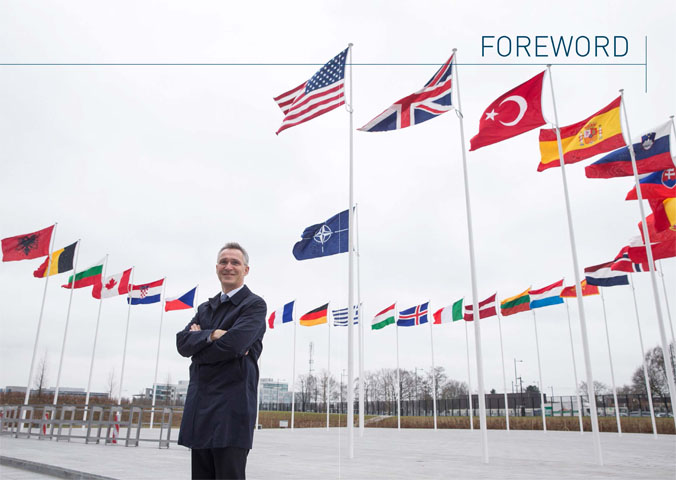
NATO: Fit for the Future
At the end of 2018, I met with our troops during Trident Juncture, NATO's largest exercise since the Cold War. Over 50,000 men and women came from across Europe and North America to take part. They moved heavy equipment – 65 ships, 250 aircraft and 10,000 land vehicles – across borders at record speed. They trained under challenging weather conditions and successfully tested new technologies, such as micro-drones. Trident Juncture demonstrated NATO's strength and readiness to tackle any threat in an unpredictable world.
The story of NATO in 2018 is of a modern Alliance, responding to today's security threats, adapting to new challenges and investing in the future.
Read the Foreword in the Annual Report (PDF)
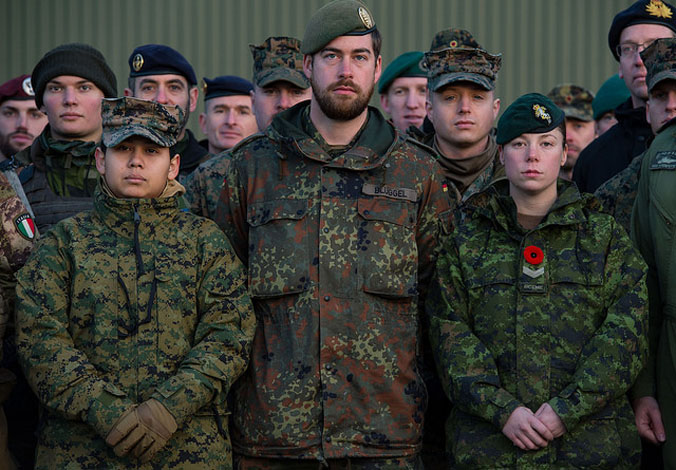
For All Who Serve
NATO's greatest responsibility is to protect and defend the Alliance's territory and populations against any attack. To achieve that mission, we rely more than anything else on the personnel of Allied and partner countries' armed forces.
Throughout 2018, tens of thousands of soldiers, sailors, aircrew and marines from North America and Europe were working under the same NATO flag – from the High North to the Mediterranean Sea, from the North Atlantic Ocean to Afghanistan. It is their skill and determination, above all, which keep our nations safe.
The men and women who serve are the living embodiment of NATO's values. They are the clearest and most powerful expression of everything the Alliance stands for. And we owe them and their families a profound debt of gratitude for the sacrifices they make on our behalf.
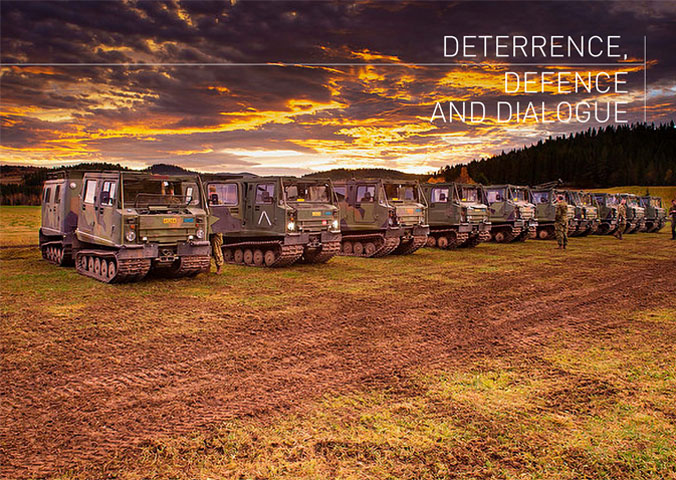
NATO's greatest responsibility is to prevent conflict and preserve peace. In 2018, the Alliance took important steps to continue to keep its citizens safe.
Read the chapter "Deterrence, Defence & Dialogue" in the Annual Report (PDF)
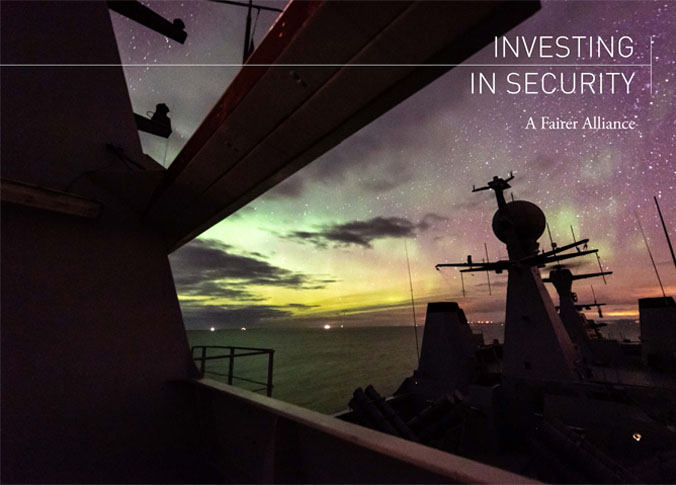
The ability of the Alliance to fulfil all its tasks depends on it having the right tools and capabilities. That, in turn, means appropriate investment in defence, with all 29 Allies contributing their fair share.
Read the chapter "Investing in Security: A Fairer Alliance" in the Annual Report (PDF)
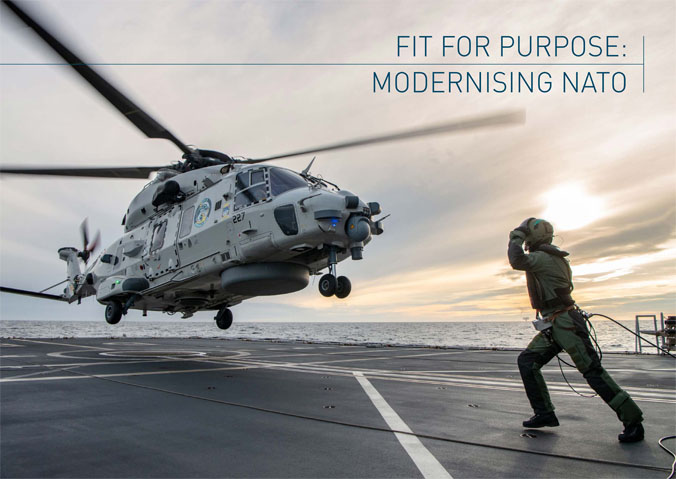
In 2018, the Alliance continued to modernise – ensuring that it has the right political and military structures in place, and that it is as responsive, efficient, effective and accountable as it needs to be in a more dangerous world..
Read the chapter "Fit for Purpose: Modernising NATO" in the Annual Report (PDF)
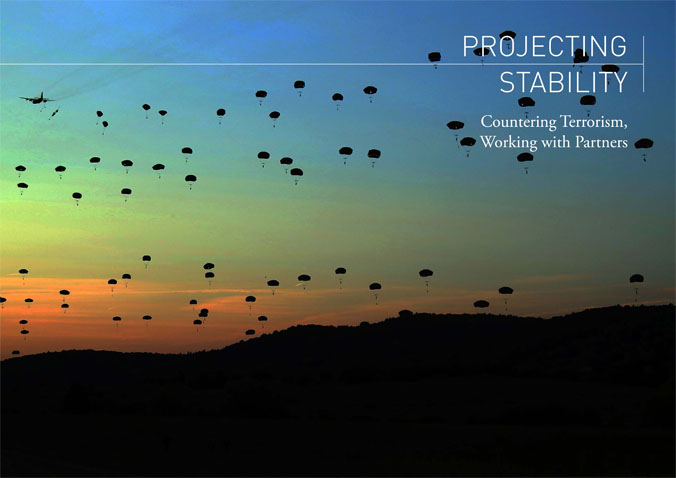
NATO is a source of stability and security in today's world. The Alliance helps to project stability in many different ways – including through its operations, by training partner countries' armed forces, and through political engagement and dialogue.
Read the chapter "Projecting Stability: Countering Terrorism, Working with Partners" in the Annual Report (PDF)
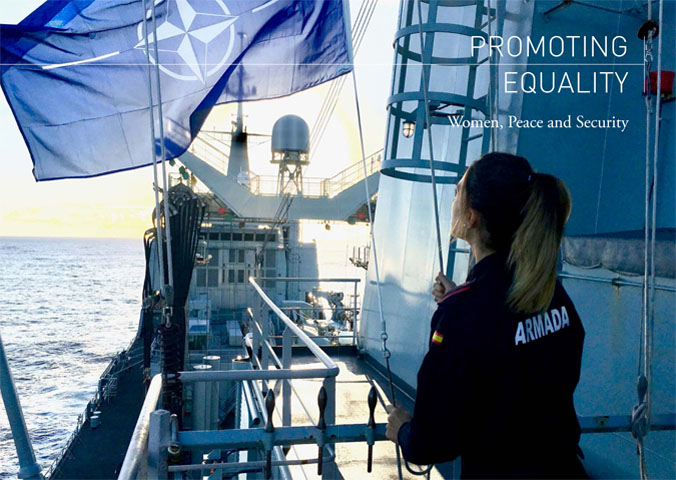
NATO recognises the disproportionate impact conflict and post-conflict situations have on women and girls, and acknowledges the importance of ensuring women's active and meaningful participation in decision-making roles at NATO and in security institutions more broadly.
Read the chapter "Promoting Equality: Women, Peace and Security" in the Annual Report (PDF)
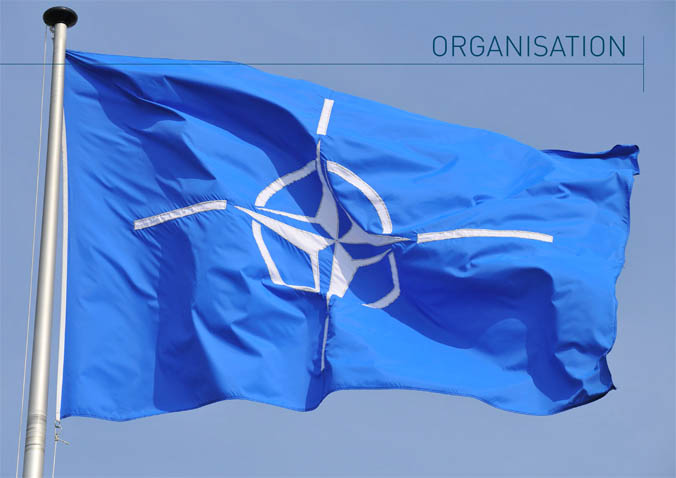
A political-military alliance of 29 countries, NATO is also an adaptable organisation, committed to being efficient, flexible and accountable.
Read the chapter "Organisation" in the Annual Report (PDF)

Resolute Support Mission
The Resolute Support Mission is a NATO-led mission to train, advise and assist the Afghan security forces and institutions. The mission was launched on 1 January 2015, immediately following the stand-down of the International Security Assistance Force.
Read the annex"Resolute Support Mission" in the Annual Report (PDF)
Kosovo Force
The NATO-led Kosovo Force's mission is to contribute to maintaining a safe and secure environment as mandated by United Nations Security Council Resolution 1244. In carrying out its mission, NATO cooperates and assists the United Nations, the European Union and other international actors, as appropriate, to support the development of a stable and peaceful Kosovo. KFOR supports the development of professional, democratic and multiethnic security structures in Kosovo.
Read the annex"Kosovo Force" in the Annual Report (PDF)
Defence Expenditure of NATO Countries (2011-2018)
NATO collects defence expenditure data from Allies on a regular basis and presents aggregates and subsets of this information. Each Allied country's Ministry of Defence reports current and estimated future defence expenditure according to an agreed definition of defence expenditure. The amounts represent payments by a national government actually made during the course of the fiscal year to meet the needs of its armed forces or those of Allies..
Read the annex"Defence Expenditure of NATO Countries (2011-2018)" in the Annual Report (PDF)
